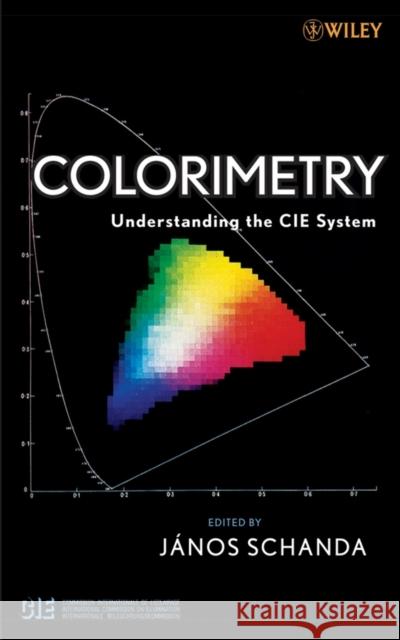Colorimetry: Understanding the Cie System » książka
topmenu
Colorimetry: Understanding the Cie System
ISBN-13: 9780470049044 / Angielski / Twarda / 2007 / 400 str.
- Colorimetry: Understanding the CIE System summarizes and explains the standards of CIE colorimetry in one comprehensive source.
- Presents the material in a tutorial form, for easy understanding by students and engineers dealing with colorimetry.
- Provides an overview of the area of CIE colorimetry, including colorimetric principles, the historical background of colorimetric measurements, uncertainty analysis, open problems of colorimetry and their possible solutions, etc.
- Includes several appendices, which provide a listing of CIE colorimetric tables as well as an annotated list of CIE publications.
- Commemorates the 75th anniversary of the CIE's System of Colorimetry.











